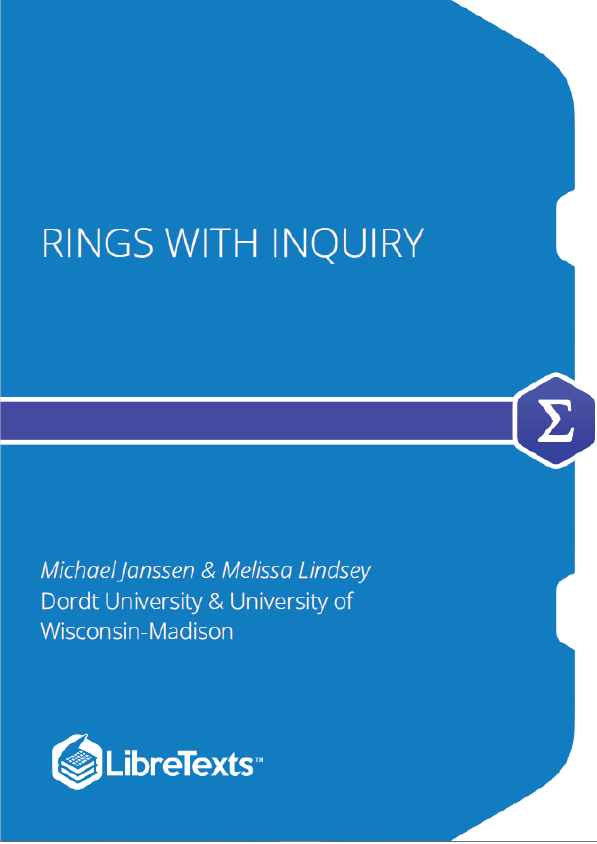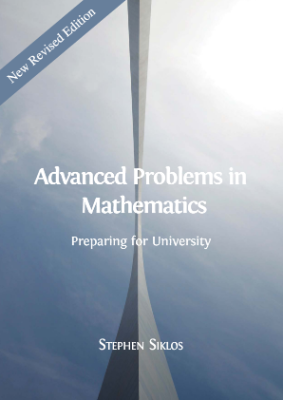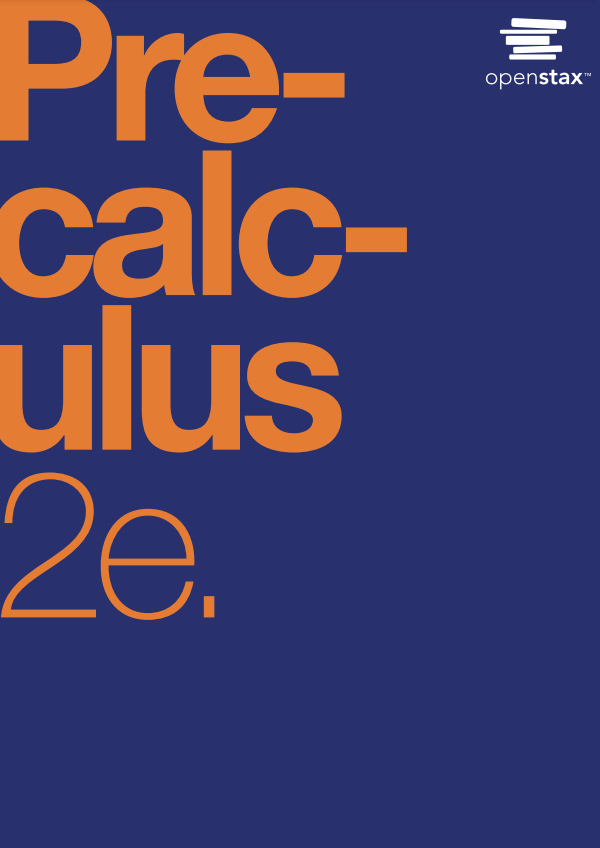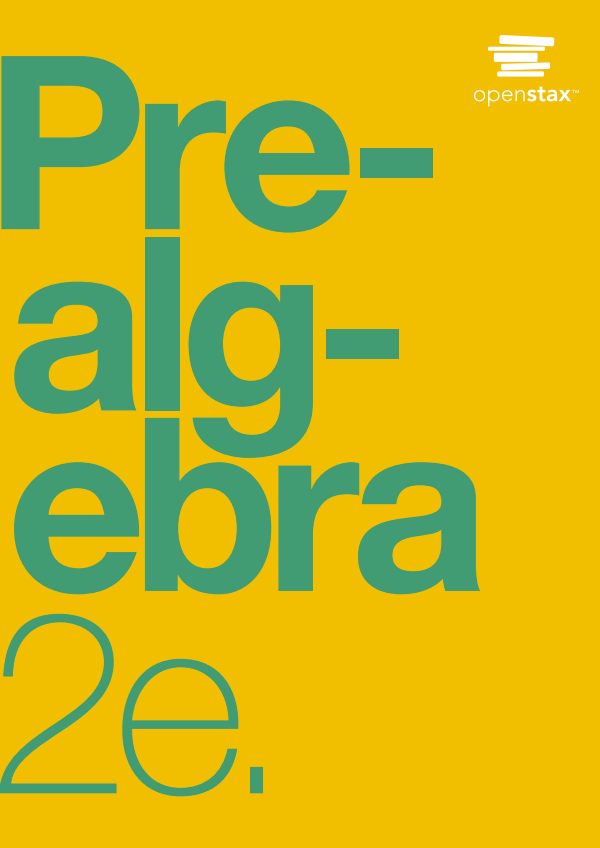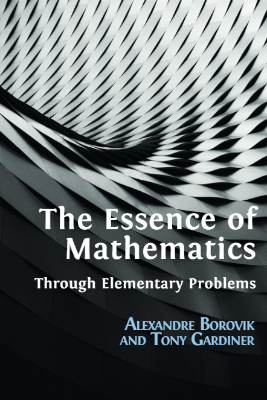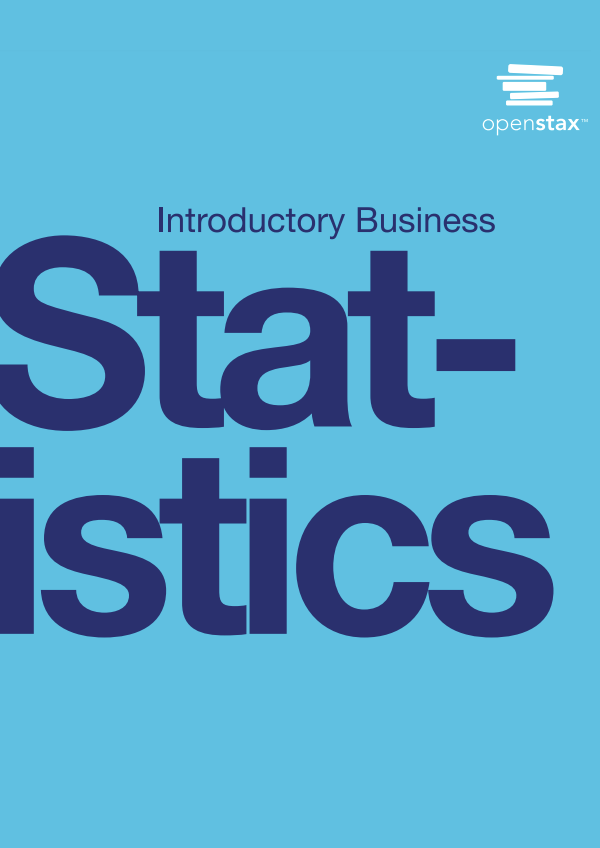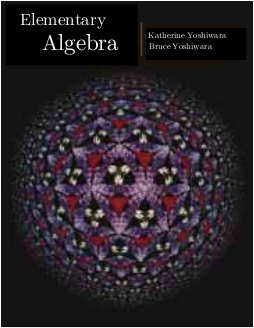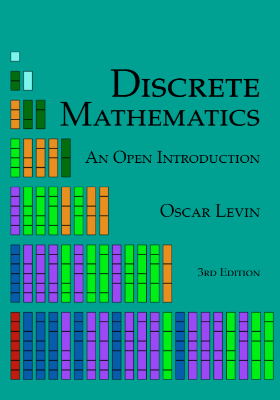As children we start exploring the properties and structure of the positive integers as soon as we learn to count and we extend our understanding throughout our schooling as we learn about new operations and collections of numbers. We begin our journey into abstract algebra with an overview of some familiar (and some possibly unfamiliar) properties of the integers that are relevant to our course of inquiry. With this foundation set, we will see in later chapters just how far we can extend these properties in more abstract setting.
In this section we will assume the basic algebraic/arithmetic properties of the integers such as closure under addition, subtraction, and multiplication, most of which we will formalize via axioms in subsequent sections. Axiom 1.1.1 : Well-Ordering Principle formalizes the familiar notion that nonempty subsets of the positive integers have a smallest element, which will be used repeatedly throughout the text. We then explore a closely related idea, mathematical induction, via an example and exercises.
Divisibility and the Division Algorithm
In this section, we begin to explore some of the arithmetic and algebraic properties of We focus specifically on the divisibility and factorization properties of the integers, as these are the main focus of the text as a whole. One of the primary goals of this section is to formalize definitions that you are likely already familiar with and of which you have an intuitive understanding. At first, this might seem to unnecessarily complicate matters. However, it will become clear as we move forward that formal mathematical language and notation are necessary to extend these properties to a more abstract setting. We begin with a familiar notion.
You have been exploring numbers and the patterns they hide within them since your earliest school days. In Chapter 1 we reminded ourselves about some of those patterns (with the goal of understanding factorization) and worked to express them in a more formal way. You may find yourself wondering why we are going out of our way to complicate ideas you have understood since elementary school. The reason for the abstraction (and the reason for this course!) is so that we can explore just how far we can push these patterns. How far does our understanding of factorization in the integers stretch to other types of numbers and other mathematical objects (like polynomials)? In this chapter we will set the ground work for answering that question by introducing ideas that will assist us in streamlining our investigation into factorization.
